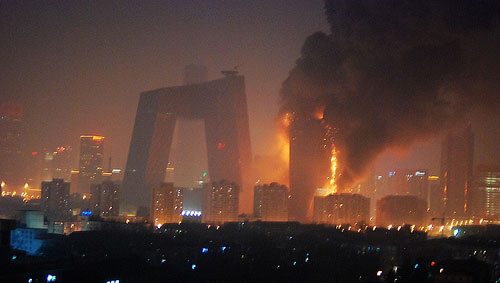
Researchers at San Carlos Clinical hospital in Madrid recently tested 10 men and 10 women , showing them paintings and photos of urban scenes and landscapes, asking them to rate each scene as either "beautiful" or "not beautiful." (To avoid confounding by romantic regions of the brain, close-up images of people were not included.) When the participants were making the decisions, the scientists looked at images of the magnetic fields produced by electrical currents in their brains. The findings are preliminary and only based on a small sample, but interesting nonetheless: men tend to process beauty on the right side of their brains while women tend to use their whole brain.
I don't think that means women appreciate beauty more than men. But it shows us different tendencies. Men's considerations appear to activate brain regions responsible for locating objects in absolute terms, in other words, x- and y-coordinates on a grid. Women do the same, but they also use regions associated with relative location: above and behind, over and under. "The answer seems to be that when women consider a visual object they link it to language while men concentrate on the spatial aspects of the object," said Camilo J. Cela-Conde, one of the research scientists. Have you ever had the feeling that men are incapable of describing the reason why they think something is beautiful? But take a look at the 800-900 ms image - men are trying to find reasons afterwards. Yes, I admit, men are visual animals that are good at post-rationalization. :)
Source: Proceedings of the National Academy of Science









.jpg)











